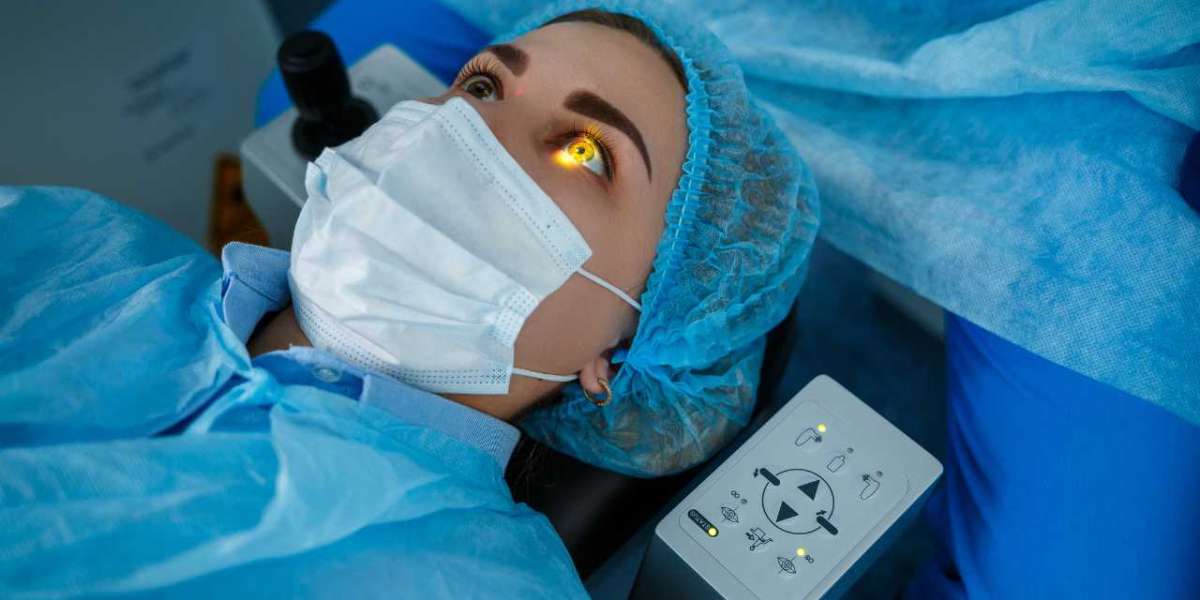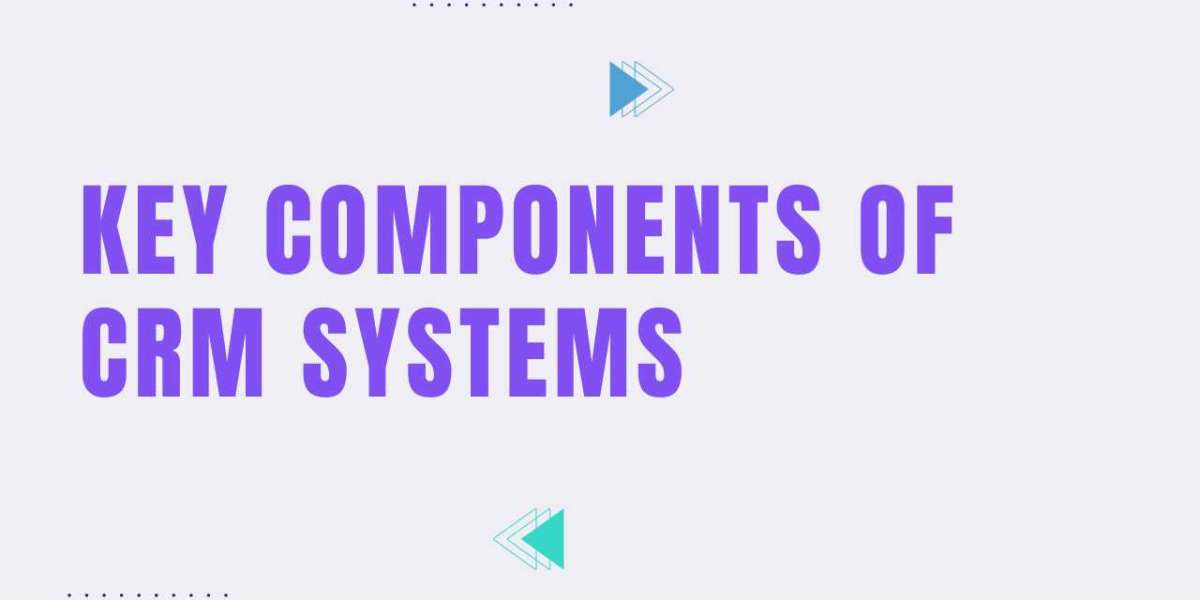For individuals with vision problems, the choice between laser eye surgery and traditional eyewear, such as glasses and contact lenses, is a decision that often revolves around not only vision correction but also cost considerations. In this comprehensive article, we will conduct a thorough cost-benefit analysis of laser eye surgery compared to the ongoing expenses associated with glasses and contacts, helping you make an informed choice regarding your visual correction needs.
Laser eye surgery is a one-time, surgical procedure designed to permanently correct vision issues, allowing individuals to enjoy a life without the hassle of glasses or contact lenses. While the upfront cost of laser eye surgery can seem substantial, it's crucial to evaluate the long-term savings and benefits. Typically, laser eye surgery costs vary based on the type of procedure, surgeon, technology, and location. These initial expenses can range from a few thousand to several thousand dollars per eye.
On the other hand, glasses and contact lenses offer an immediate solution to vision problems, with a wide range of styles and options to suit personal preferences. However, these traditional methods come with recurrent costs that can add up significantly over time. Expenses for glasses include the cost of frames, lenses, and periodic eye exams, which may be necessary to update prescriptions or address issues such as scratches or broken frames. For contact lens wearers, expenses include the cost of contact lenses, contact lens solutions, and regular eye exams.
When conducting a cost-benefit analysis, it's essential to consider the long-term expenses associated with glasses and contacts. Over the years, the cumulative costs of purchasing new frames, lenses, contact lenses, and solutions, as well as scheduling routine eye exams, can become a substantial financial burden. Additionally, these costs are ongoing, meaning they will persist throughout your lifetime.
Laser eye surgery, in contrast, offers a one-time investment in improved vision. Once the surgery is complete, the need for glasses and contacts is significantly reduced or eliminated entirely. This can result in substantial long-term savings, enhanced convenience, and a better quality of life. Furthermore, many people find that laser eye surgery provides improved visual acuity and eliminates the discomfort and inconvenience of wearing glasses or contacts.
It's important to note that insurance coverage can also play a role in the cost-benefit analysis. While most health insurance plans do not cover the cost of laser eye surgery because it is considered an elective procedure, some employers offer flexible spending accounts (FSAs) or health savings accounts (HSAs) that can be used to pay for the surgery with pre-tax dollars. On the other hand, vision insurance plans may help reduce the costs associated with glasses and contacts, but they may not cover the full expenses.
In conclusion, the decision between laser eye surgery and traditional eyewear, such as glasses and contacts, is not solely about the upfront costs. A thorough cost-benefit analysis takes into account the long-term expenses associated with each option. While laser eye surgery may have a higher initial cost, it often proves to be a more cost-effective and convenient choice in the long run. The permanent correction of vision issues and reduced reliance on glasses and contacts can lead to significant savings, improved quality of life, and freedom from the ongoing financial burden of traditional eyewear. Ultimately, the choice is a personal one, and understanding the cost implications can help you make an informed decision regarding your visual correction needs.













